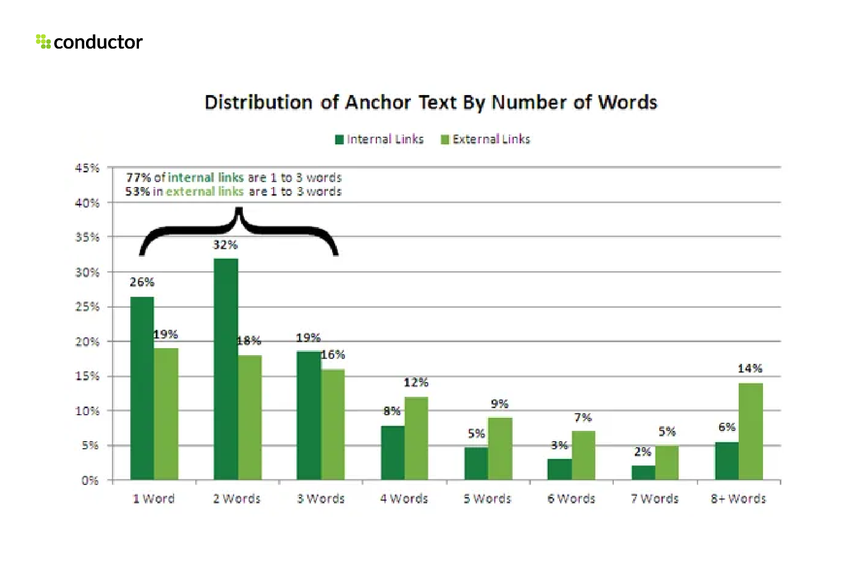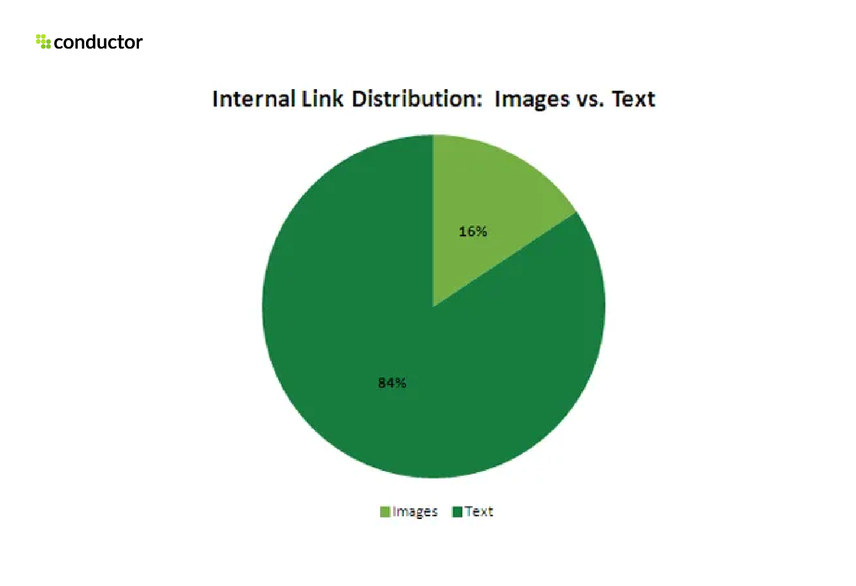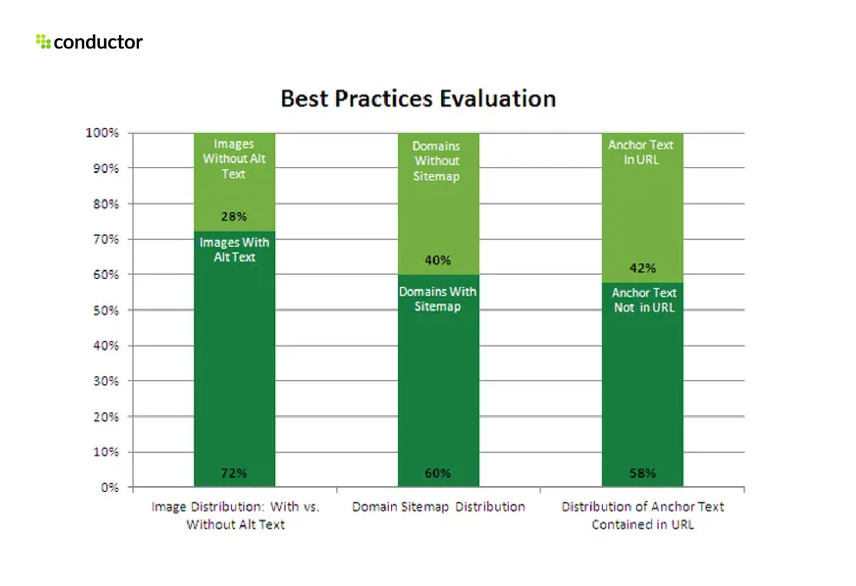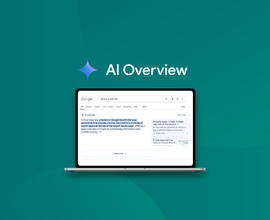[Study] How the Web Uses Anchor Text in Internal Linking
Insight into how links coming from your own domain pointing to pages within your own domain, or internal anchor text, can significantly impact search visibility
In last month’s article we were reminded about the significance of anchor textAnchor Text
An anchor text is the text displayed on a website for a given link.
Learn more in links for natural search ranking. We pointed out that even with the ongoing changes taking place in the SERPs, SEOs still rate anchor text as the most important of all ranking factors . In the article we analyzed more than 4.2 million external links from 650+ domains in Searchlight, Conductor’s enterprise SEO platform, to understand more about how external links flow to websites.
While the significance of external links in ranking is well known, it may be less well-known that internal anchor text—links coming from your own domain pointing to pages within your own domain—can significantly impact search visibility.
Given the important but less-talked-about significance of internal linksInternal links
Hyperlinks that link to subpages within a domain are described as "internal links". With internal links the linking power of the homepage can be better distributed across directories. Also, search engines and users can find content more easily.
Learn more for ranking, and based on feedback after last month’s article asking how websites implement internal links, this month we’ll narrow our focus and examine how websites implement internal links. This research includes data from more than 3,000 ecommerce and non-ecommerce domains and examines more than 280,000 internal links and their corresponding anchor text. With this sample size, the resulting analysis should give us a good sense of how websites implement internal anchor text.
Internal Anchor Text More Condensed than External
Like last month, our first look is at a distribution of links by length of anchor text. We compared internal to external links to discern how anchor text might differ for each. In comparing internal to external link textLink text
A text associated with a link target is described as a link text. This can be a word, a character or even several words up to (theoretically) several sentences. The clickable link text associated with a URL is then described as a hyperlink.
Learn more, we found more than three-quarters (77%) of internal links were between 1-3 words, compared to just over half (53%) of external links.

Most Common Words Used in Internal Anchor Text
Analysis of the most common phrases used in anchor text gives us insight into the 1 to 3 word skew for internal linking: 100% of the 20 most commonly-used anchor text has between 1 to 3 words in it. The majority reflect the kind of navigational and standard enterprise page links found on websites such as ‘Careers’, ‘Customer Service’, ‘Home’, and ‘Blog’. Avoiding over-optimization of one’s website is key, and a natural link graph is important to the search engineSearch Engine
A search engine is a website through which users can search internet content.
Learn more algorithms, but our data suggests marketers may have opportunity to build more long-tail anchor text into their internal linking structure to rank for more specific, longer tail queries.
Ranked Frequency of Term - Most Common Words Used in Internal Anchor Text
- Privacy Policy/Privacy
- Contact Us/Contact
- Terms and Conditions/Terms of Service/Terms & Conditions
- Site Map/Sitemap
- About Us/About
- FAQs/FAQ/Questions
- Home
- Customer Service/Customer Support/Support
- Careers/Employment
- RSS/RSS 2.0
- Blog
- Bookmark This Site
- Help
- Register
- News
- Log in/login
- Services
- My Account
Internal Links in Text vs. Images
Analysis of the breakdown of internal image links vs. links contained in text shows the vast majority of links are textual, while 16% of website internal links were located in images.

Compliance With Internal Linking Best Practices
In our internal linking guide we explain the importance of internal linking to a website’s search rankingsRankings
Rankings in SEO refers to a website’s position in the search engine results page.
Learn more and lays out a series of best practices. Based on the best practices laid out by Josh and others we gathered from industry sources, we evaluated the websites’ internal links for how well they comply with several key best practices:
- Image Alt Text: The search algorithms use an image’s alt text to determine relevancy for universal search and image search. Recent research shows 8 out of 10 high-volume keywords now have universal listings of some kind, making optimization of digital assets more important than ever. However, more than a quarter of images (28%) with internal links we analyzed did not have alt text.
- User Site Maps: Josh points out that an important part of a complete internal linking strategy includes a sitemap. SEOs understand the importance of submitting a sitemap to Google via Webmaster Tools; but in this Google Webmaster video Matt Cutts is explicit that an html sitemap for users will help with search rankings—both in passing page rank to internal pages and in helping the Google bot with crawling. Our analysis of the internal link data for the presence of ‘sitemap’ (both in anchor text and in the URLs) shows that the a large percentage of sites still do not have a navigational sitemap: 4 out of 10 of domains do not have a user site map.
- URLs Containing Anchor Text Wording: It may not be possible or practical for every url to contain the linking anchor text wording in it, but many in the industry suggest it is a best practice. Nearly 6 out of 10 (58%) internal links we evaluated did not contain the link’s anchor text.

Internal Linking Can Positively Impact Rankings, Provided They are Given Due Attention
Most industry discussion on the subject of ‘links’ seems to center around external links, but internal links can have a significant impact on natural search visibility as well. Search Marketers typically have greater control over internal vs. external links, and our data suggests many fail to utilize internal linking to its fullest capacity. If SEOs ensure best practices are adhered to and give internal linking practices due attention, we expect many sites will benefit in their natural search visibility.
A version of this article originally appeared in Search Engine Watch on April 24th.







